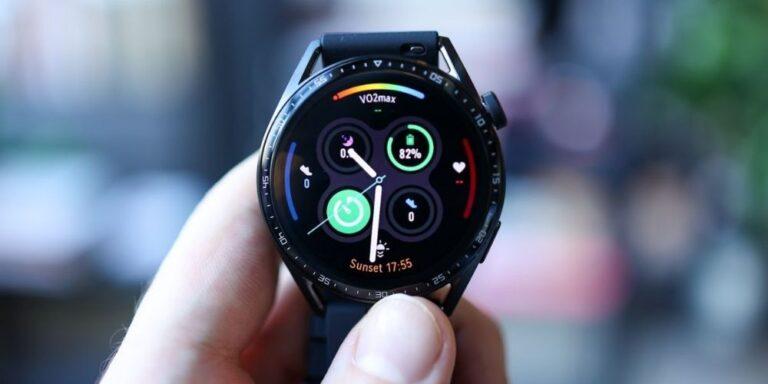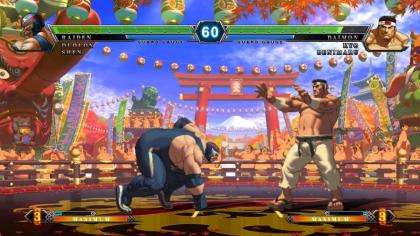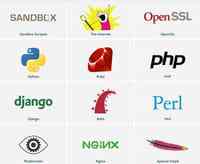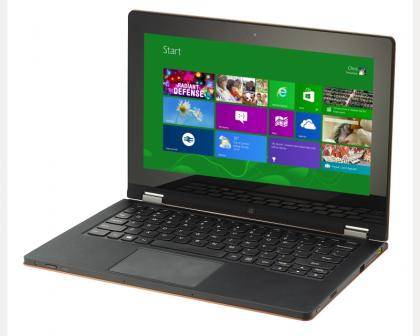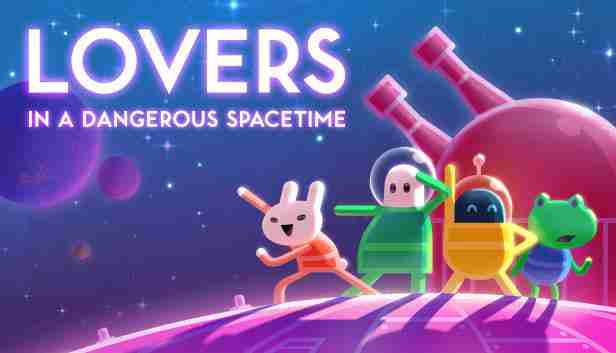python dictionaries
thisdict = {
"brand": "Ford",
"model": "Mustang",
"year": 1964
}
Dictionary
Dictionaries are used to store data values in key:value pairs.
A dictionary is a collection which is ordered*, changeable and does not
allow duplicates.
As of Python version 3.7, dictionaries are ordered.
In Python 3.6 and earlier, dictionaries are unordered.
Dictionaries are written with curly brackets, and have keys and values:
Example
Create and print a dictionary:
thisdict = {
"brand": "Ford",
"model": "Mustang",
"year": 1964
}
print(thisdict)
Try it Yourself »
Example
Create and print a dictionary:
Dictionary Items
Dictionary items are ordered, changeable, and does not allow duplicates.
Dictionary items are presented in key:value pairs, and can be referred to by
using the key name.
Example
Print the "brand" value of the dictionary:
thisdict = {
"brand": "Ford",
"model": "Mustang",
"year": 1964
}
print(thisdict["brand"])
Try it Yourself »
Example
Print the "brand" value of the dictionary:
Ordered or Unordered?
As of Python version 3.7, dictionaries are ordered.
In Python 3.6 and earlier, dictionaries are unordered.
When we say that dictionaries are ordered, it means that the items have a defined order, and that order will not change.
Unordered means that the items does not
have a defined order, you cannot refer to an item by using an index.
Changeable
Dictionaries are changeable, meaning that we can change, add or remove items after the
dictionary has been created.
Duplicates Not Allowed
Dictionaries cannot have two items with the same key:
Example
Duplicate values will overwrite existing values:
thisdict = {
"brand": "Ford",
"model": "Mustang",
"year": 1964, "year": 2020
}
print(thisdict)
Try it Yourself »
Example
Duplicate values will overwrite existing values:
Dictionary Length
To determine how many items a dictionary has, use the
len() function:
Example
Print the number of items in the dictionary:
print(len(thisdict))
Try it Yourself »
Example
Print the number of items in the dictionary:
Dictionary Items - Data Types
The values in dictionary items can be of any data type:
Example
String, int, boolean, and list data types:
thisdict = {
"brand": "Ford",
"electric": False,
"year": 1964, "colors": ["red", "white", "blue"]
}
Try it Yourself »
Example
String, int, boolean, and list data types:
type()
From Python's perspective, dictionaries are defined as objects with the data type 'dict':
<class 'dict'>
Example
Print the data type of a dictionary:
thisdict = {
"brand": "Ford",
"model": "Mustang",
"year": 1964
}
print(type(thisdict))
Try it Yourself »
Example
Print the data type of a dictionary:
Python Collections (Arrays)
There are four collection data types in the Python programming language:
List is a collection which is ordered and changeable. Allows duplicate members.
Tuple is a collection which is ordered and unchangeable. Allows duplicate members.
Set is a collection which is unordered and unindexed. No duplicate members.
Dictionary is a collection which is unordered and changeable. No duplicate members.
When choosing a collection type, it is useful to understand the properties of that type. Choosing the right type for a particular data set could mean retention of meaning, and, it could mean an increase in efficiency or security.


